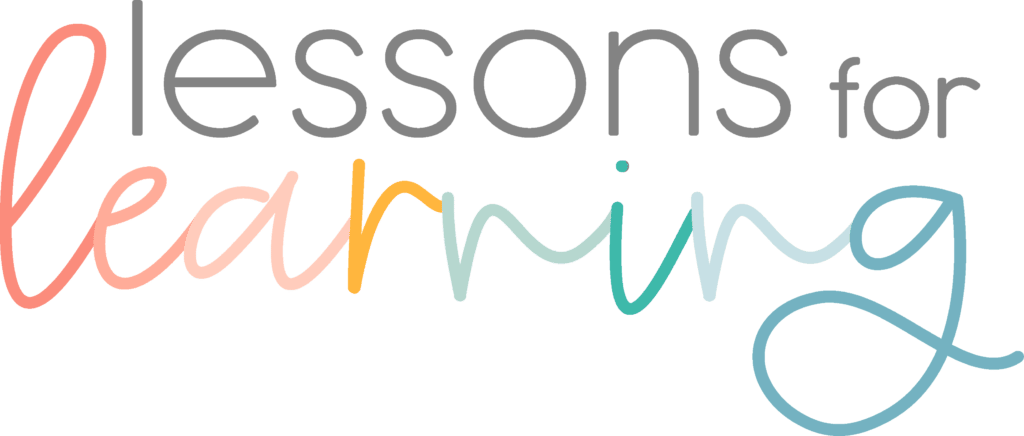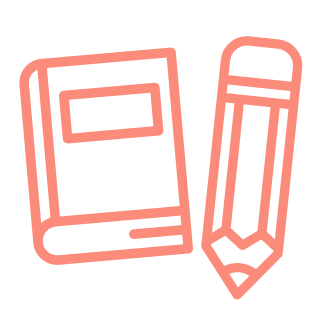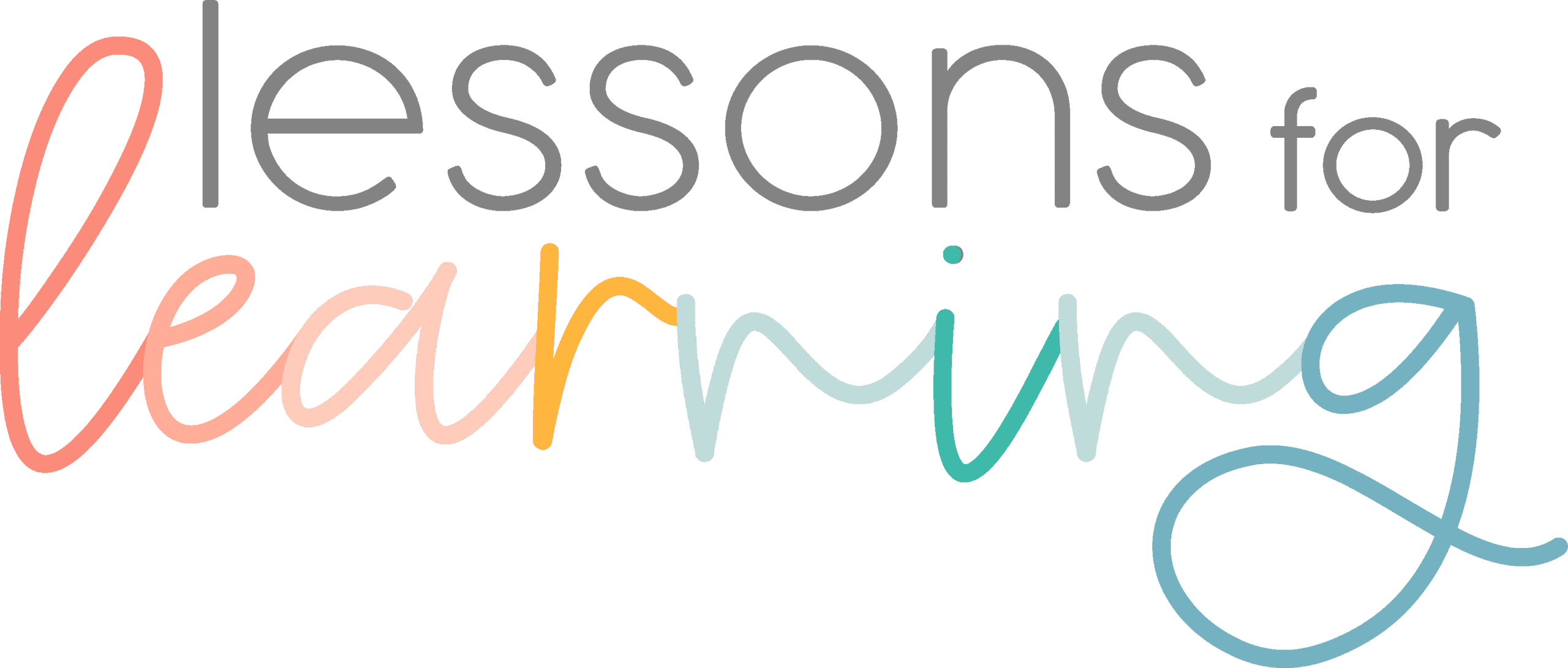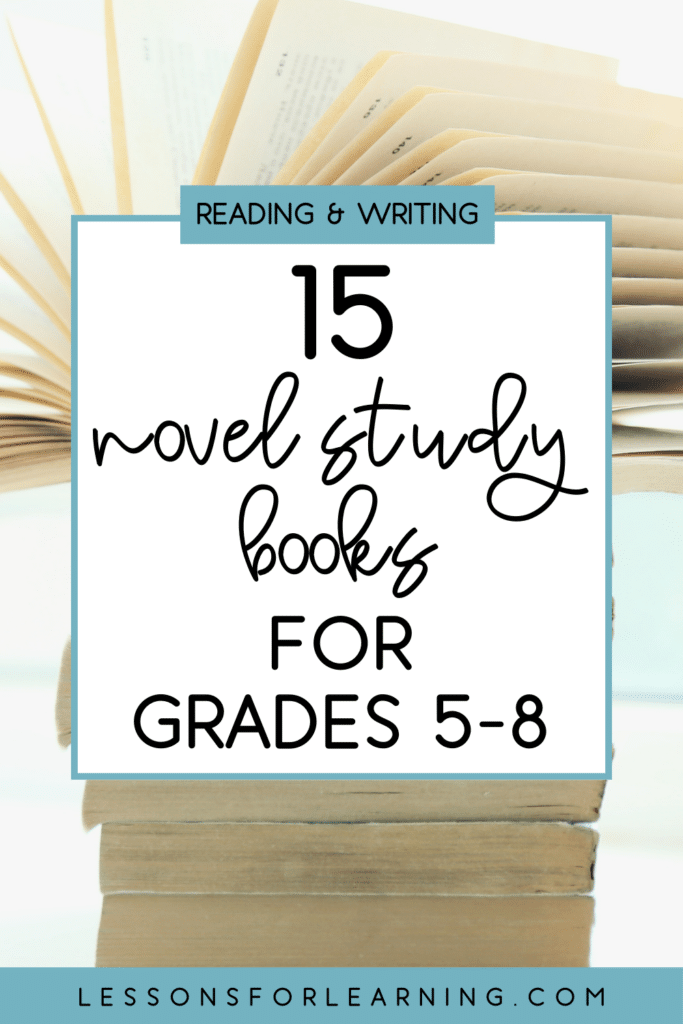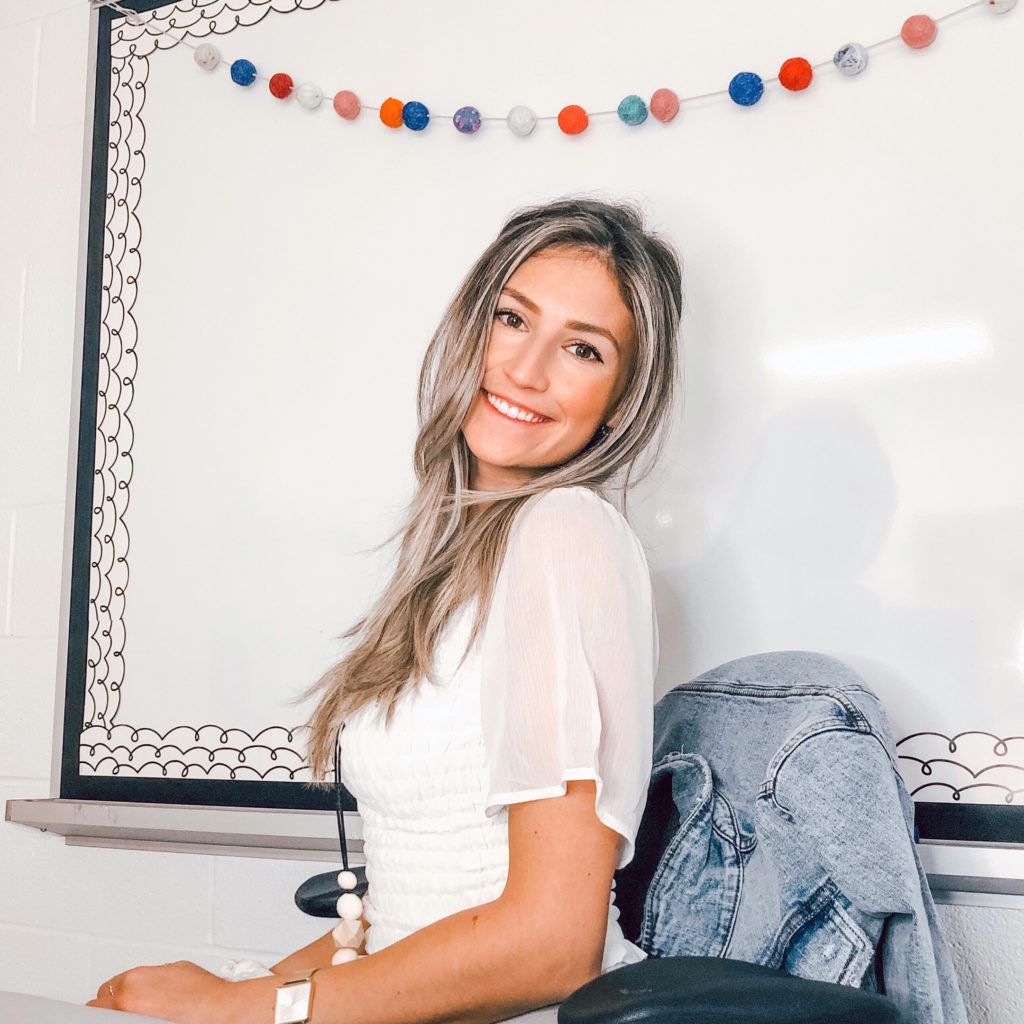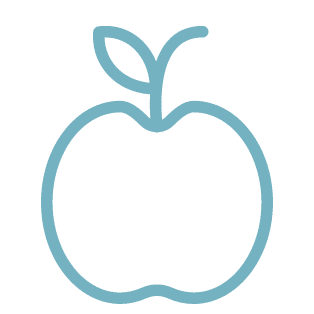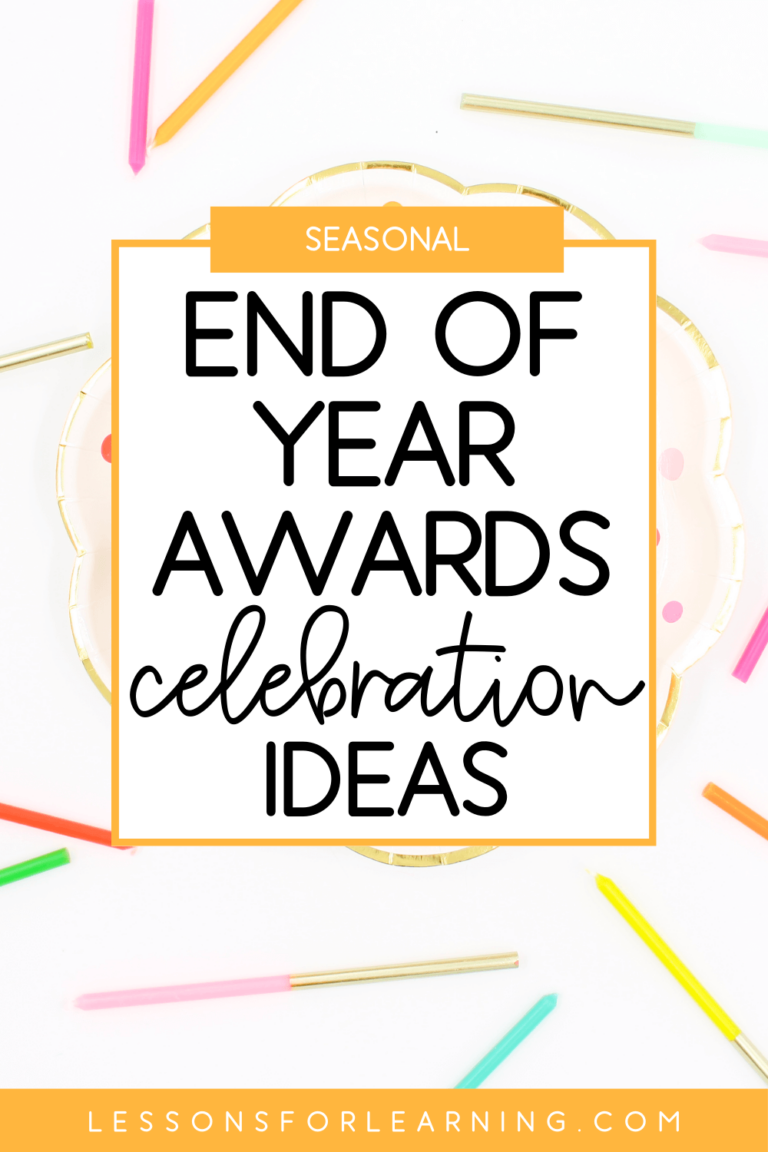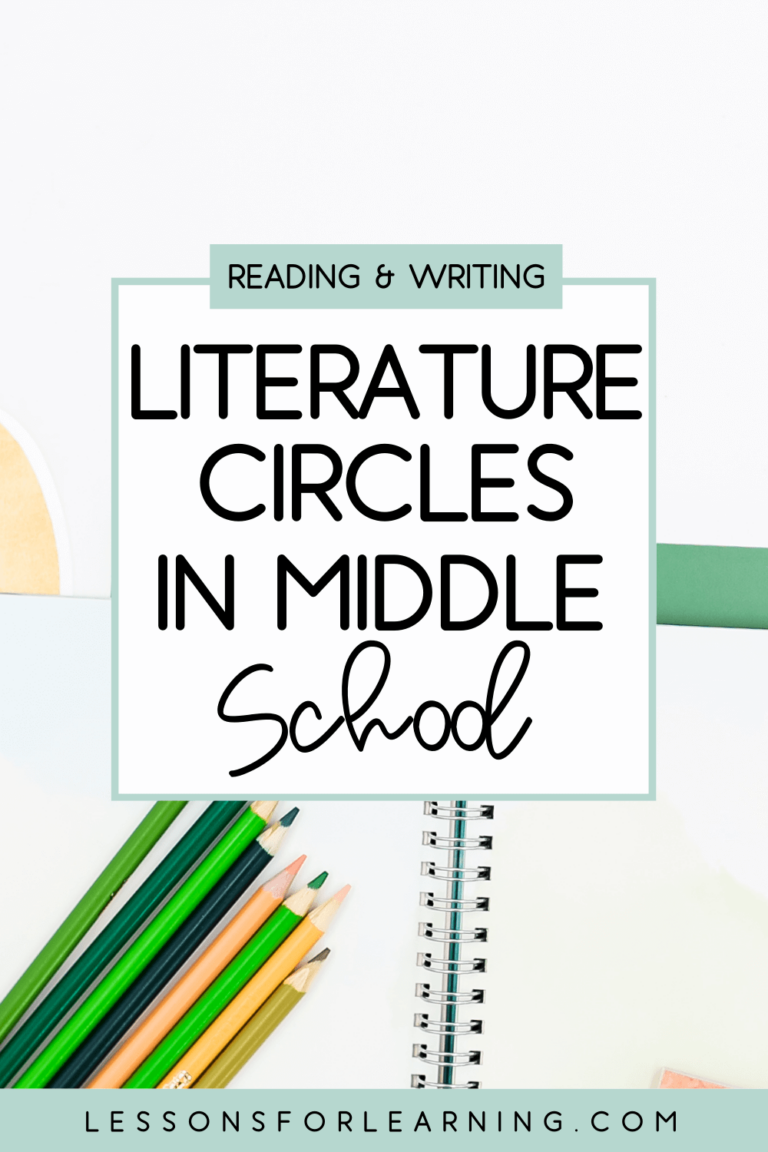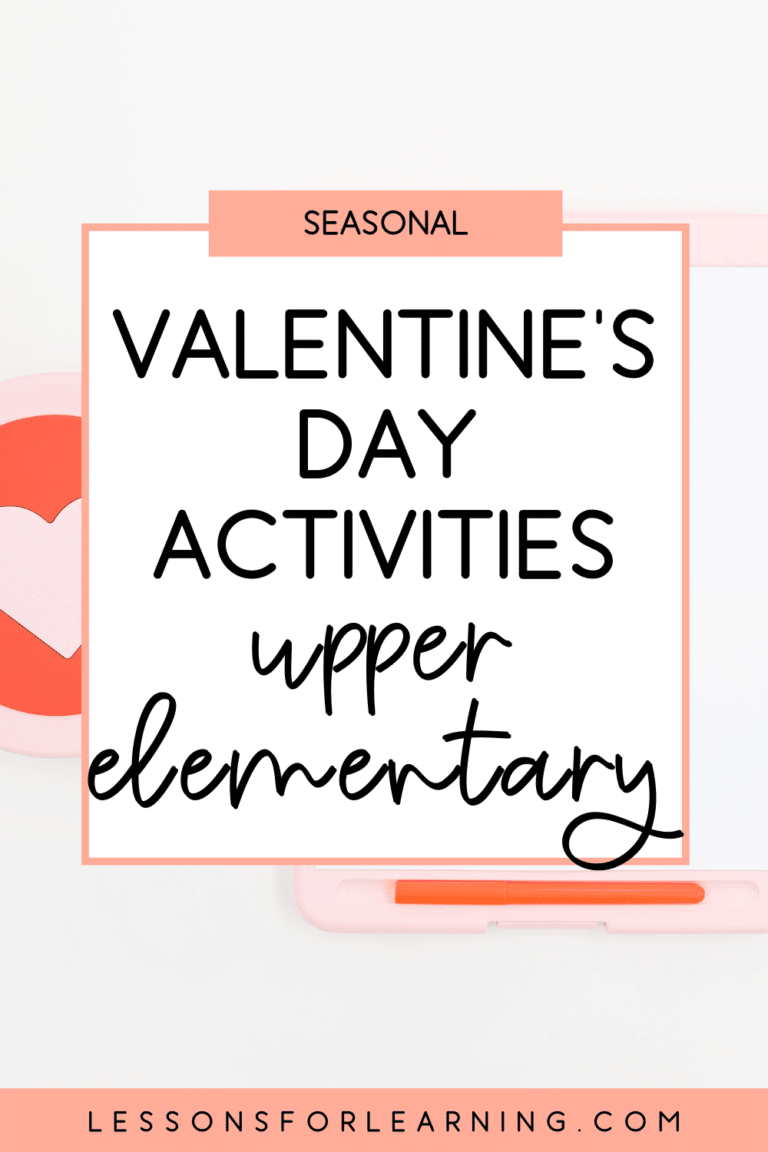Getting good books into students’ hands is one of my favourite parts of being a teacher. Not only is there that moment like in a novel study where a student might fall in love with a character, a story, or an author, but reading fosters students’ critical thinking, empathy, and literacy skills.
Middle-grade novel study options have exploded since I was a kid. How lucky are our students who can read even more widely and with such a variety of characters, themes, and genres?
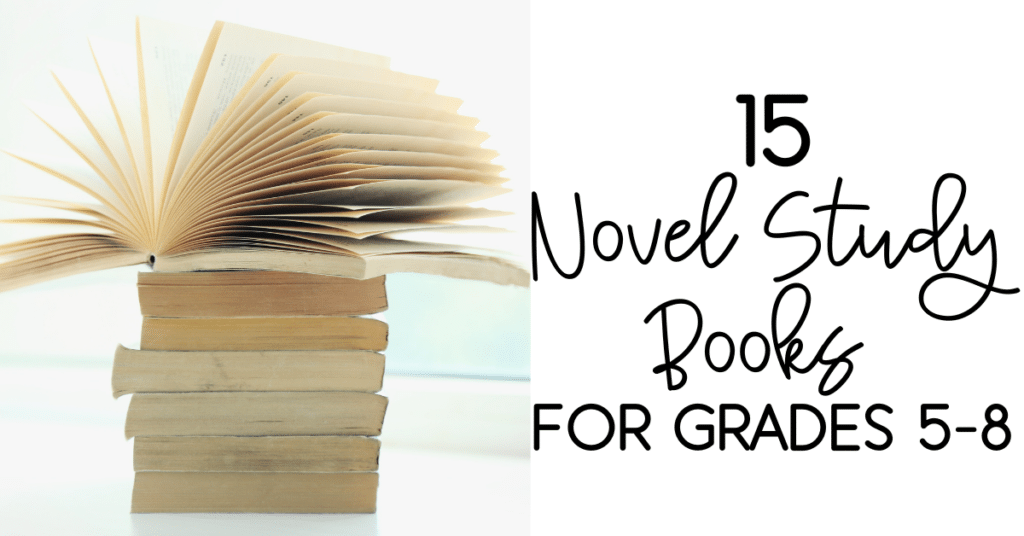
You might be familiar with the concept of choosing books using the idea of mirrors, windows, or sliding glass doors. Rudine Sims-Bishop, a professor of Education and children’s lit enthusiast, explains this concept to demonstrate the need to provide students with a variety of books featuring diverse experiences and characters.
As she explains, a mirror allows a student to see themselves in the novel; the window provides a chance to look through to see the perspectives and experiences of other characters; and the sliding glass door allows readers to enter the worlds of these different books. Read more about these ideas in this short article from Sims-Bishop.
This curated list of 15 novels suitable for a novel study in grades 5 to 8 reflects this thinking.
Plus, these novels can be great choices to include as part of your classroom library or the focus of your next novel study or literature circles.
With literature circles or book clubs, you’d be able to include more selections for students and it comes with the bonus of hitting a variety of curriculum expectations and getting students to put their learning skills into action.

15 Novel Study Books for Your Classroom
Front Desk by Kelly Yang
Kelly Yang became an author because she loved telling stories and her series of novels, starting with Front Desk is a testament to that love. This first book in a series of five follows the story of Mia Tang, a young girl who helps manage a motel with her immigrant parents. Facing discrimination and adversity, Mia learns the power of resilience and community.
Restart by Gordon Korman
There is no author more popular with my students than Gordon Korman and lucky for my students (and me) he is a prolific author with more than 100 books in publication. Restart focuses on a boy named Chase who wakes up with amnesia. With his condition, he gets a chance to reinvent himself. But as he pieces together his past, he realizes the importance of redemption and second chances.
Refugee by Alan Gratz
If you’re students love historical fiction, this interwoven narrative of three tales is for them. The book shares the stories of three refugees at different points in history: Josef fleeing Nazi Germany, Isabel escaping Cuba in 1994, and Mahmoud seeking safety from Syria’s civil war.
City of Ember by Jeanne DuPrau
The first book in a post-apocalyptic trilogy, City of Ember is sure to grab your students’ interest. Set in an underground city, two teenagers, Lina and Doon, race against time to decipher clues left by the city’s founders, leading them to hope for a better future.
The Barren Grounds by David A. Robertson
David A. Robertson, a member of the Norway House Cree Nation, weaves together Indigenous stories and knowledge through the adventures of Morgan and Eli. After discovering a magical portal, the two protagonists venture into the mystical world of Inuit legends. As they navigate this new reality, they confront their own fears and prejudices.
Ghost Boys by Jewell Parker Rhodes
Written in 2018, this novel focuses on twelve-year-old Jerome who is shot and killed by a police officer while playing with a toy gun. As a ghost, he witnesses the aftermath of his death and learns about the historical impact of racism and violence. The historical aspect also includes the ghost Emmett Till, who was killed in a racist attack at the age of 14 in Mississippi in 1955.
A Long Walk to Water by Linda Sue Park
Based on a true story, this novel follows two Sudanese children, Salva and Nya, whose lives intersect as they struggle to survive in war-torn Sudan, highlighting themes of resilience and hope. The story draws from “The Lost Boys” a group of young boys in Sudan who attempted to flee the Sudanese Civil War; many of the boys emigrated to countries around the world.
A Rover Story by Jasmine Warga
If your students read and loves The One and Only Ivan or The Wild Robot then this dystopian novel is a great pick. Set in the future where humans have colonized Mars, twelve-year-old Emmett and his companions embark on a perilous journey across the Martian desert, facing challenges that test their courage and loyalty.
The Insignificant Events in the Life of a Cactus by Dusti Bowling
This coming-of-age novel tells the story of Aven Green who was born without arms. She faces the challenges of middle school with humor and resilience. Alongside her new friends, she unravels mysteries, embraces differences, and discovers her own strengths.
Masterminds by Gordon Korman
The first in a trilogy, this novel, which can still be read as a standalone, is about a group of children in the seemingly perfect town of Serenity. Through the novel they discover unsettling truths about their community and their own identities. These discoveries lead them on a thrilling adventure to uncover dark secrets.
Other Words for Home by Jasmine Warga
This free verse novel, published in 2019, tells the story of a Syrian family who fled their homeland. Through the perspective of 12-year-old Jude, this coming-of-age novel shares a story about growing up in America and facing stereotypes and racial injustice. Told in six parts the novel ultimately shares the development of Jude’s bravery.
Unteachables by Gordon Korman
Another of Korman’s greatest hits! A group of misfits and troublemakers are placed in a class with an unconventional teacher. Through unexpected friendships and unconventional teaching methods, they learn valuable lessons about acceptance and self-worth.
Fish in a Tree by Lynda Mullaly Hunt
Based on the adage that if you judge a fish by how well it can climb a tree then it will live life believing it’s stupid, this novel showcases Ally’s struggles with dyslexia and feelings of not belonging. With the help of her supportive teacher, she learns to embrace her differences and discovers her own unique talents.
Schooled by Gordon Korman
An earlier work from Korman published in 2007 tells the story of Cap Anderson, raised on a commune. When his grandmother is hospitalized he must adjust to life in public school. Both funny and heartwarming the novel teaches Cap and his classmates about friendship and belonging.
Black Brother, Black Brother by Jewell Parker Rhodes
The story of two biracial brothers who present differently in society – one with light skin, and the other with dark skin. The novel focuses on Donte, who faces discrimination as a young Black man at his mostly white school. He learns to confront prejudice and find pride in his identity through the sport of fencing. Highlighting colourism and racial identity this novel is inspired by the experiences of her own two sons.
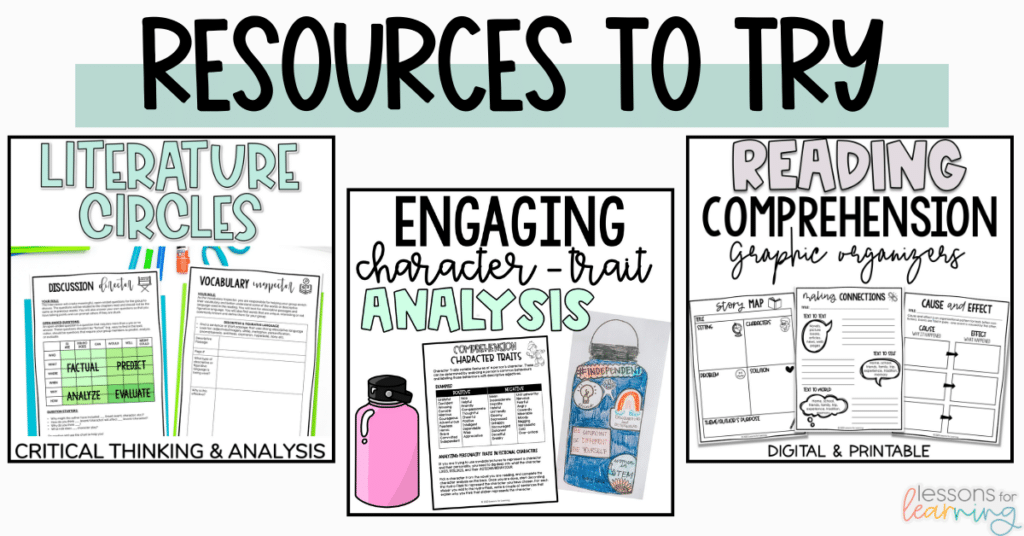
Resources to Try
With so many novels to choose from, there are sure to be options that resonate with your students. If you’re able, then consider running literature circles in class.
Literature Circles as a Novel Study
Literature circles for a novel study have been a real game changer in my classroom. Being able to give additional choices to students to find a book ‘for them’ has meant increased interest and engagement.
While lit circles take a bit of time to set up the payoff is always worth it. Choosing novels, assigning them to students, and explaining the roles and responsibilities are all elements that take time. However, once you set those up in your classroom, lit circles can continue to run themselves, which means you get a break from extensive lesson planning. You can focus on specific student support throughout the process.
What’s more, is that you can save that set-up time with this perfect no-prep 40+ page resource to start literature circles or book clubs in your classroom. These activities are designed for developing critical thinking, reading comprehension, book analysis, and inferencing strategies for upper-elementary or middle school students. The prompts for each role have been carefully thought out to better suit older students and promote the deeper and more complex thinking we try to get them to do while analyzing a novel.
Reading Comprehension Organizers
Another option that I love to use with any novel is graphic organizers. A key to success with graphic organizers is having different types such as a K-W-L, story map or sequence of events, as well as some that support students in making predictions, connections, or inferences.
Then once students are familiar with the organizers they can be used and reused with any fiction or nonfiction texts. Graphic organizers can be a good way to differentiate for the students in your class.
This set of 11 digital and printable organizers allows students to outline their thoughts and demonstrate their understanding of the text or story easily. These can be used during guided reading, independent reading work, or literature circles in your classroom.
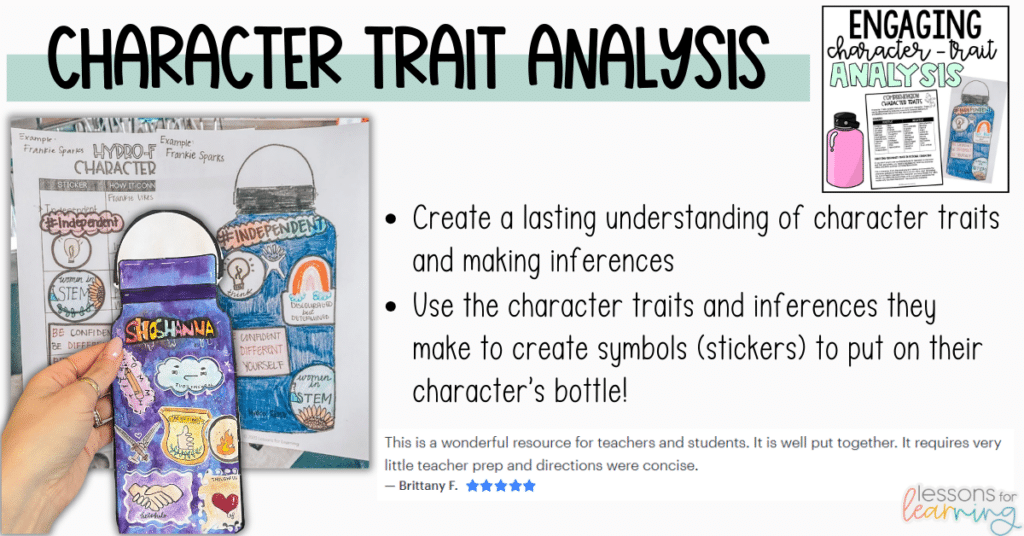
Character Trait Analysis
Taking a deep dive into character is great for a mid-unit or end-of-unit engaging assessment! I love using this with books told from multiple perspectives like Korman’s novels Restart, Masterminds, and Unteachables.
My students go wild for stickers and often have new ones to add to their reusable water bottles that are always front and centre in class. With that idea in mind, get students to make inferences about a character from their novel study and design symbols (aka create stickers) specifically for a character’s water bottle.
This water bottle sticker decorating activity is the perfect way to create a lasting understanding of character traits and making inferences. Grab some sticker paper to print students’ sticker designs and voila you have an interactive activity that can also make a great in-class display.
A Last Word on Novel Study Books
As scholar Rudine Sims-Bishop has explained, getting students to see themselves reflected in texts or to see the experiences of others through literature can be life-affirming and life-changing. Whether it’s the concept of the mirror, the window, or a sliding glass door, including diverse literature that tackles relevant themes and challenges along with relatable and amazing characters, is a great choice for upper elementary students.
For more novel study ideas check out these posts:
